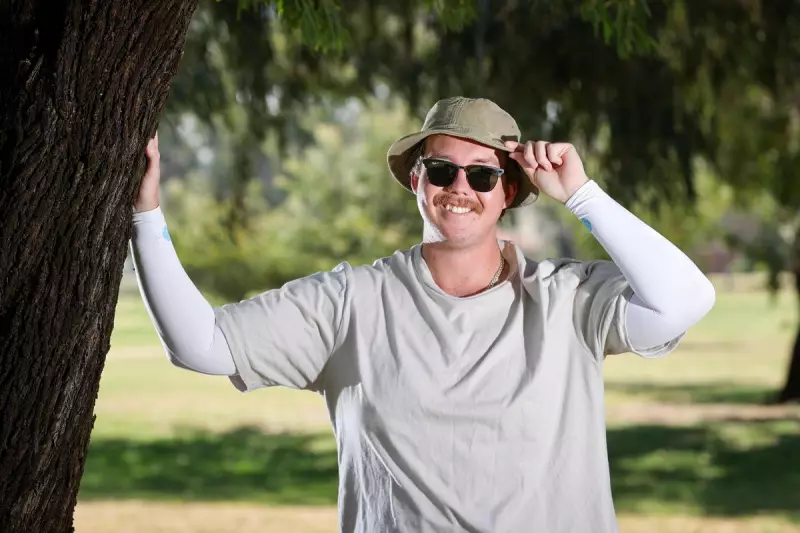
A disturbing trend is emerging across Australia as new data reveals a dangerous decline in sun protection behaviours, despite the country having some of the highest ultraviolet radiation levels in the world. This SunSmart ignorance is creating what health experts are calling a frightening public health crisis in the making.
The Alarming Data Behind Sun Protection Complacency
Recent studies conducted by cancer prevention organisations show that Australians are becoming increasingly complacent about sun safety. The statistics paint a concerning picture: many people are skipping sunscreen on cloudy days, forgetting to reapply protection every two hours, and underestimating the strength of Australian UV radiation even during winter months.
This complacency comes despite Australia having the highest skin cancer rates globally, with approximately two in three Australians diagnosed with skin cancer by age 70. Melanoma remains the most common cancer affecting Australians aged 20-39, and yet sun protection measures are being ignored by precisely these age groups.
Understanding the Australian UV Context
Australia's geographical position creates unique sun protection challenges. The Earth's orbit brings Australia closer to the sun during summer than Europe or North America, combined with relatively clear atmospheric conditions that allow more UV radiation to reach the ground. These factors create extremely high UV index levels that can damage skin in as little as 11 minutes on a typical summer day.
What many Australians fail to recognise is that UV radiation remains dangerously high even on cool or overcast days. Up to 80% of UV radiation can penetrate cloud cover, meaning sun protection is necessary year-round, not just during beach days or heatwaves.
The Consequences of SunSmart Ignorance
The medical community is deeply concerned about the long-term implications of this trend. Dermatologists report seeing more patients with sun damage at younger ages, including precancerous lesions and early-stage melanomas that could have been prevented with proper sun protection.
Skin cancer treatment costs the Australian healthcare system approximately $1.7 billion annually, a figure that could rise significantly if current trends continue. Beyond the economic impact, the human cost includes preventable deaths, disfiguring surgeries, and lifelong skin damage.
Reviving the SunSmart Message for Modern Australians
Health organisations are now working to adapt sun protection messaging for new generations who may not remember the successful Slip, Slop, Slap campaigns that dramatically improved sun safety behaviours in previous decades. The modern approach includes:
- Emphasising that sun protection is necessary whenever the UV index reaches 3 or higher
- Promoting the use of smartphone apps that provide real-time UV alerts
- Encouraging workplaces and schools to implement sun protection policies
- Highlighting that tanning is actually evidence of skin damage, not health
Cancer prevention experts stress that consistent sun protection could prevent up to 95% of skin cancers. The message remains clear: slipping on protective clothing, slopping on broad-spectrum SPF30+ sunscreen, slapping on a broad-brimmed hat, seeking shade, and sliding on sunglasses provides the best defence against Australia's harsh UV radiation.
As summer approaches, health authorities are urging all Australians to reassess their sun protection habits and make sun safety a daily priority, regardless of the weather or season. The alternative—rising skin cancer rates and preventable deaths—is simply too frightening to ignore.





